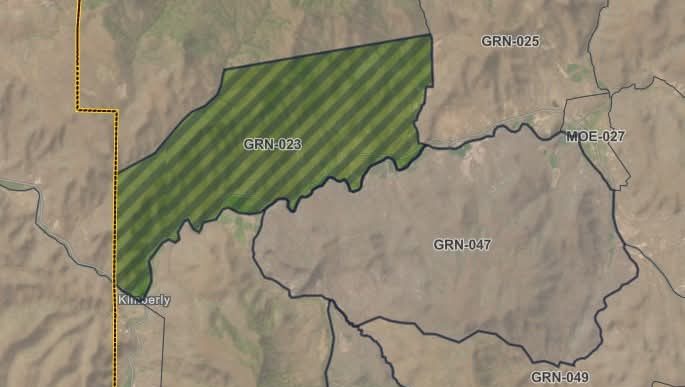State economists: Taxpayers can expect a ‘kicker’
Published 6:07 am Wednesday, August 23, 2017
Capital Bureau
Trending
SALEM — State economists say nearly $464 million will be returned to taxpayers next year, after income tax collections were higher than expected.
Oregon operates on two-year budget cycles. The most recent biennial cycle concluded June 30.
When income tax collections exceed projections for the state’s budget period by more than 2 percent, Oregon law requires that the money be returned to taxpayers, a phenomenon called the “kicker.”
Trending
Since the state has collected about 2.3 percent more than predicted in May 2015, about $463.5 million will be returned to personal income taxpayers during next year’s tax filing period.
A similar “kicker” rule applies to corporate income taxes, except the excess is kept and set aside for education funding. Corporate excise taxes ended the biennium at about $111 million more than the close of session forecast.
Wednesday’s forecast was the first after the conclusion of a long legislative session where revenue was a key point of contention between legislators who advocated for restructuring the state’s tax system to boost revenue and those who wanted to cut costs.
Senate Minority Leader Ted Ferrioli, R-John Day, argued in a statement that the strong forecast and the expected “kicker” indicated that a sales tax on corporate sales — one of the main concepts raised by Democrats this session — was unnecessary.
“To me, this forecast signals two things: first, that we do not need a gross receipts sales tax, as our budget is in balance and our economy is producing surpluses,” Ferrioli said, “And second, Oregonians will have larger refunds or lower tax bills which will act as a further economic stimulus.”
Meanwhile, Senate Majority Leader Ginny Burdick, D-Portland, said that the forecast showed “our policies are supporting a more prosperous statewide economy.” However, she also advocated for tax reform.
“The economy swings up and down, and the responsible thing to do right now, while we enjoy the good times, is to take a serious look at our revenue structure,” Burdick said. “We need to use this time to create a more stable system that works for all Oregonians.”
Many Democrats had advocated for tax reform during the session, and specifically shifting from a corporate income tax to a tax on corporate sales, a move they contended would stabilize revenue volatility.
In the next biennium, which began July 1 and ends June 30, 2019, the “kicker” will mean a slightly lower general fund revenue outlook, but will likely be offset by a robust lottery sales forecast, new legislation and higher ending balances, state economists said.
While Oregon’s economic growth has slowed from previous levels, overall, the state’s economy is still performing well.
“Our growth still looks great compared to the typical state,” said State Economist Mark McMullen, who added that there were some signs of slowdown, in indicators of income such as salaries and wages, as well as retirement and investment income.
In a prepared statement Wednesday morning, Oregon Gov. Kate Brown, a Democrat, promoted the state’s job growth and used the economic forecast as an opportunity to tout the state’s economic development policies.
“Oregon businesses and workers develop world-class products and ideas — and that’s something to celebrate,” Brown said. “But we can’t rest on our laurels. There’s still a lot of work to do to make sure our economy works for everyone — particularly for rural communities and underserved populations.”
Across Oregon, there are 8 percent more jobs than there were before the recession, state economists said Wednesday. However, there is considerable variation in that figure in different regions of the state: Southeastern Oregon has 4.1 percent fewer jobs than before the recession, while Central Oregon has 10.9 percent more jobs.
But that figure is distinct from the unemployment rate — which also varies across the state and has been improving. And while labor force participation is rising from lows in the depths of the recession, it remains below pre-recession levels, according to state economists.









